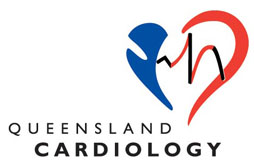Radiofrequency Ablation
What is an Ablation?
How is it done?
In addition the complication rate is quite low and these include perforation of the heart which may cause bleeding around the heart and require it to have the chest opened and the bleeding area stitched close – this would be unusual, bleeding and bruising at the site of entry of the catheters, and thrombosis in the leg to which the catheters have been placed 1:1000 chance. In patients where the abnormal conduction pathway is close to the normal conduction system applying radiofrequency energy at that site can cause heart block in 1:100 patients and then that patient would then up needing to have a pacemaker placed.
Generally patients with conduction pathways close to the normal conduction system will then benefit from the application of cryo-ablation where you can cryo-map initially with temperatures down to -30°C to determine if you can ablate the abnormal pathway leaving the normal conduction system intact and if so then the freezing can be further reduced to -60°C which causes irreversible tissue damage. Generally radiofrequency ablation and cryo-ablation are equally efficacious although there is much more experience with radiofrequency catheter ablation and it is much quicker to apply.
In a small percentage of patients where radiofrequency catheter ablation and cryo-ablation are not successful then one could proceed to open heart surgery with a view to surgically excising or ablating the focus.
If you have any further questions, please contact us at:
Queensland Cardiology
North Medical Suites, Green Lifts Level 3,
627 Rode Road
Chermside Q 4032
(07) 3861 5522

